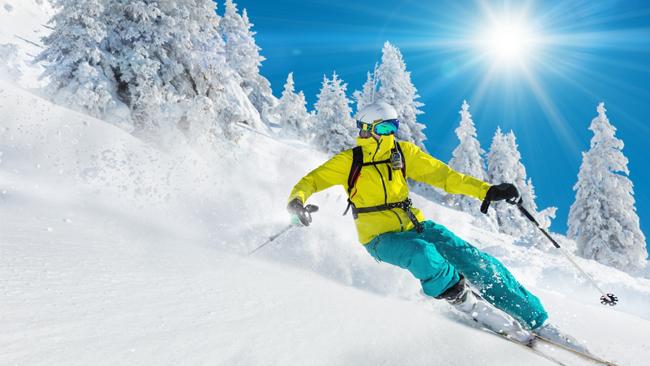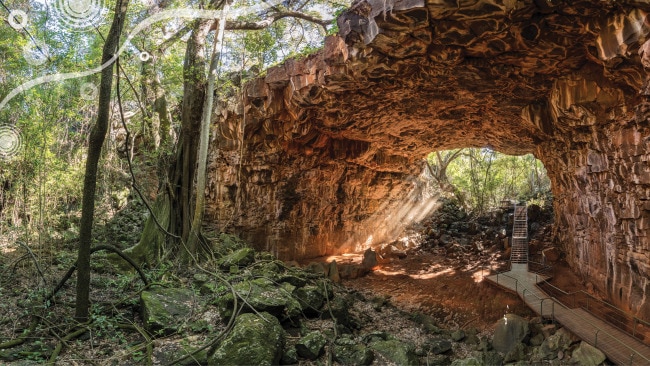Get Ready for the Ski Season with Our Top Tips
The ski season is upon us, so if you’re looking to hit the slopes you’d better get prepared. Looking good for your Instagram photos is obviously hugely important but you’re going to want to stay warm and dry too. If you are not that familiar with ski wear, be sure to check out Anaconda’s top tips below.

The ski season is upon us, so if you’re looking to hit the slopes you’d better get prepared. Looking good for your Instagram photos is obviously hugely important but you’re going to want to stay warm and dry too. If you are not that familiar with ski wear, be sure to check out Anaconda’s top tips below.
What Should I Consider When Buying a Ski Jacket?
When buying a ski jacket, there are several things you need to look out for. Firstly, make sure your ski jacket has a good hood. The hood will protect you against icy winds but could also protect you during heavy snow.
Most jackets also have inner security pockets. These pockets enable you to keep your essentials on your person, while keeping them dry and organised. Of course, this option is better than exterior pockets, since it is much easier to steal from exterior pockets than interior pockets.
In addition to a hood and pockets, one feature that is essential for a good ski jacket is a venting zip. With a venting zip, the jacket releases hot and damp air. Since you can sweat a little while you ski, the venting zip will prevent you from getting too warm or even your clothes getting wet.
What Should I Consider When Buying a Pair of Ski Pants?
One of the things you should look for when purchasing a pair of ski pants is internal snow gaiters on the exterior of the pants. Gaiters are specifically added to prevent snow from entering your shoes or boots. So, this feature will keep you nice and dry while you are on the slopes.
When buying a pair of ski pants, you should also choose a material that is waterproof as well as breathable. Much like the venting feature we mentioned with the jacket, waterproof and breathable material will ensure you do not get wet. It will also prevent you from excessive sweating. Please note that ski pants can be equipped with venting zips as well; this could provide additional breathability.
Please note that ski pants should be quite spacious; this ensures an optimal range of movement and more comfort. So, when you determine the best size of ski pants, make sure you have a little extra space.
What Is the Difference Between a Base Layer and a Mid Layer?
When you start shopping for your ski gear, you will often encounter the terms base layer and mid layer. These are quite important when it comes to getting the right clothing, so be sure to familiarise yourself with their function.
A base layer is made from a moisture-wicking material; this ensures you stay warm but most importantly dry. Therefore, try to stay away from materials such as cotton, which hold onto moisture.
The mid layer will transfer moisture caused by sweating to the outside. Therefore, the combination of base layer and mid layer will get the most out of your ski attire.
In addition to the right ski pants, jacket, base layers, and mid layers, you will need a good pair of warm socks as well. There are countless ski socks available nowadays, made from similar materials to provide breathability and quick-drying features. Of course, keeping your socks dry should be a priority, so the right snow boots and pants will contribute to their effectiveness.
Why Should My Ski Attire Be Waterproof and Breathable?
We already mentioned the importance of waterproof and breathable attire, but we have not explained it in detail. Without the right attire, sweat and snow can cause your attire to become wet. Of course, this could easily cause your core temperature to drop, making your ski trip uncomfortable and sometimes even dangerous.
When checking the breathability of ski attire, you must realise that breathability is calculated by the speed vapor passes through a square metre of fabric; this over a 24-hour period. So, when you check the breathability of your attire, you will often find conversions such as 10,000 g/m2/24.
The minimum breathability you need for your ski trip is 5,000g. If you are looking for the best possible protection, you would need a breathability of 10,000g. Determine the level of breathability you need for your trip and choose your attire accordingly.
Originally published as Get Ready for the Ski Season with Our Top Tips


